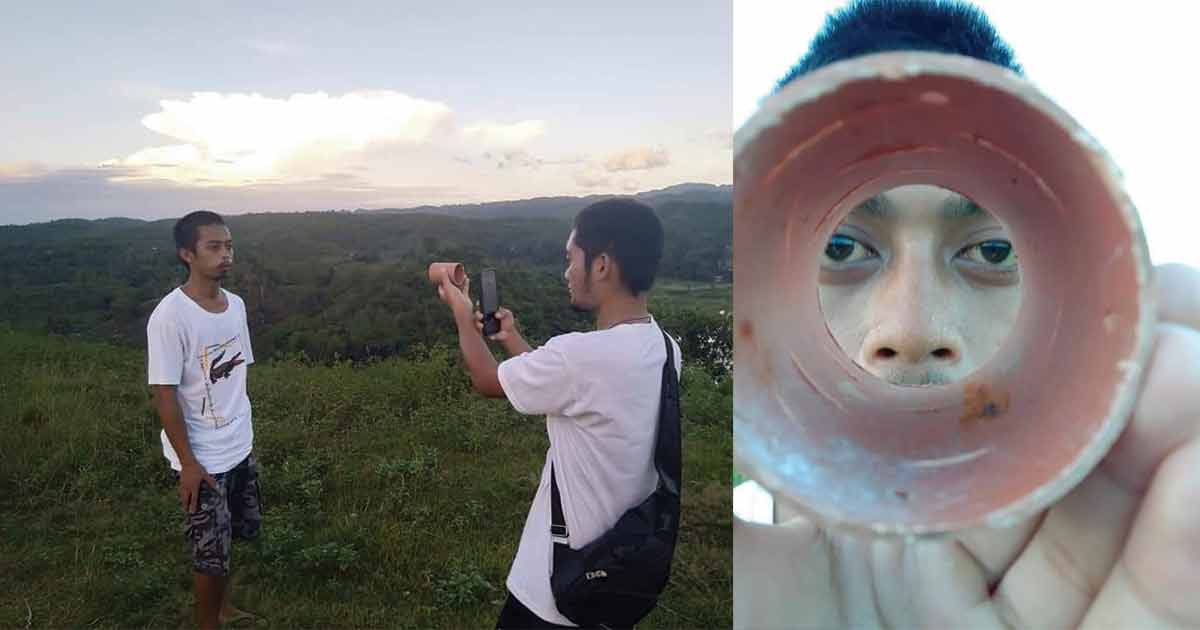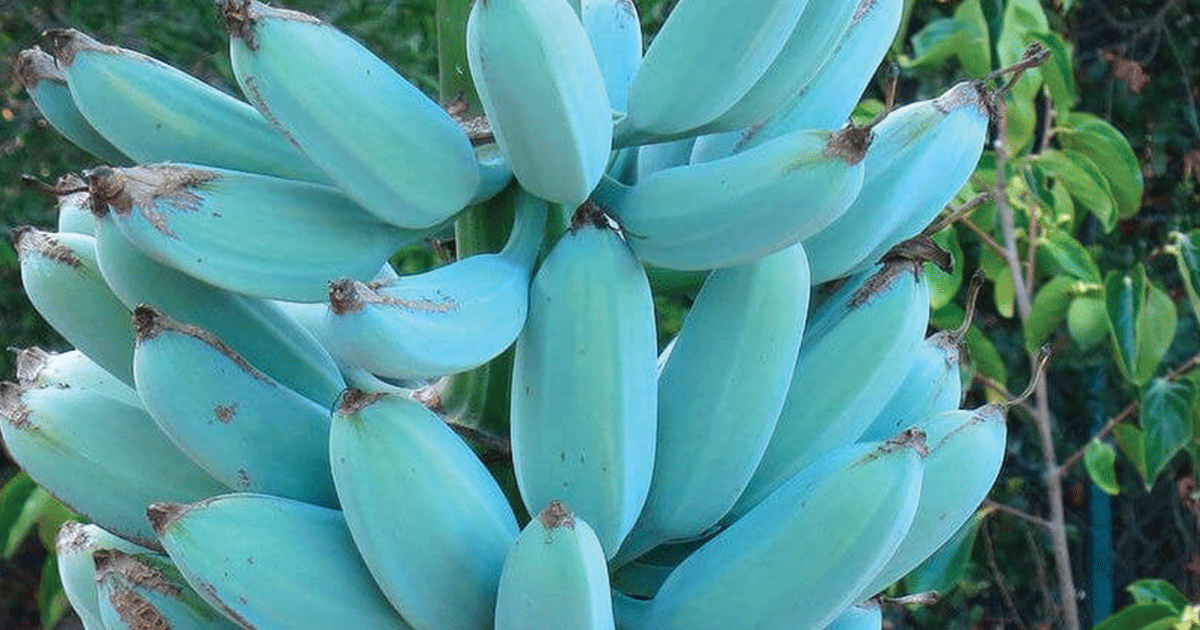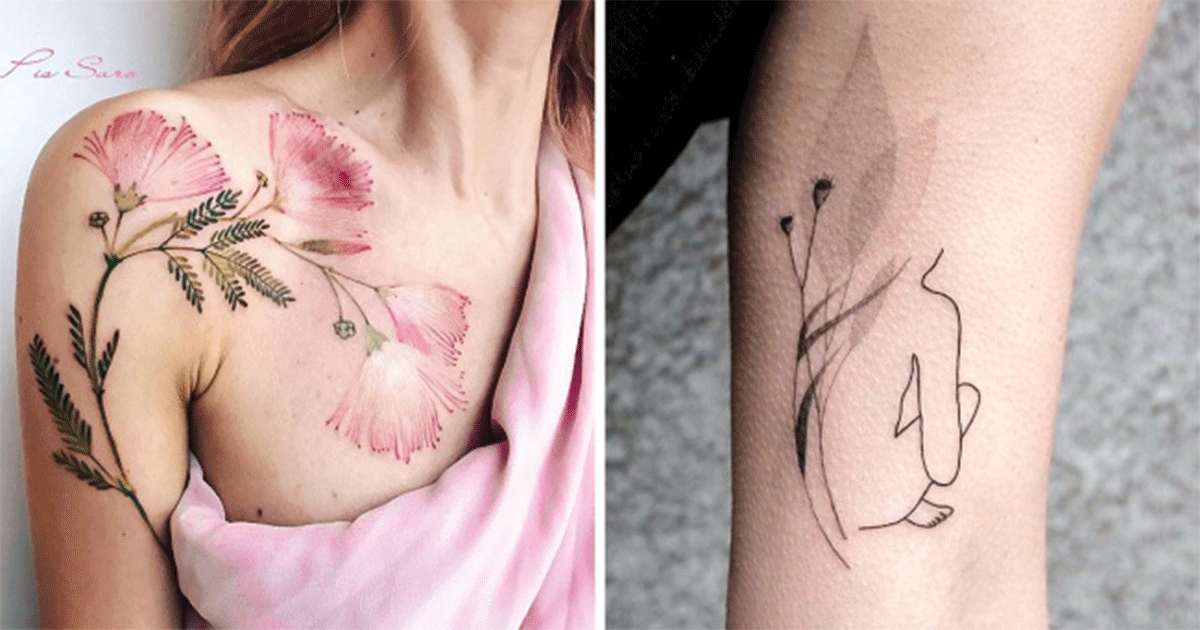Photos Of 1908 Japan, Before Wars And Devastation
Photos of 1908 Japan: A Glimpse Into Life Before Wars and Devastation
The year 1908 in Japan represents a fascinating period in the country’s history, a time of transition, modernization, and cultural preservation before the devastation of wars altered its landscape forever. During this time, Japan was emerging from its isolationist Edo period and fully embracing the changes brought by the Meiji Restoration (1868), which had opened the country to international influence, industrialization, and modernization. Yet, despite these advancements, Japan in 1908 still retained much of its traditional beauty, culture, and way of life.
Photographs from this time period offer us a rare glimpse into the Japan of old—a country balancing its rich heritage with the forces of change. These images are especially poignant because they capture a nation on the cusp of major upheaval, before the wars and devastation that would reshape its cities, landscape, and society.
Let’s journey back in time to see what life was like in Japan in 1908, just before the country faced the harsh realities of the world wars.
1. Traditional Architecture and Serene Landscapes
In 1908, Japan’s cities were dotted with traditional wooden buildings, intricate shrines, and pagodas. Photographs of this period often showcase the harmonious relationship between architecture and nature—buildings nestled in gardens, surrounded by trees, with mountains in the background.
What it reveals: These images highlight a Japan that prioritized beauty and tranquility in its urban planning. The traditional buildings were not only aesthetically pleasing but also designed with a deep respect for nature, reflecting the country’s cultural values.
2. Everyday Life in the Streets
Photographs from 1908 often depict the bustling streets of Japanese cities like Tokyo (then called Edo) and Kyoto, where people dressed in traditional kimono went about their daily business. Street vendors, rickshaws, and horse-drawn carts were a common sight, as cars were still a rarity. Life moved at a slower pace, with an emphasis on personal interactions and community.
What it reveals: The images of daily life reflect a society deeply connected to its traditions, even as it began to modernize. The use of kimono and traditional footwear like geta (wooden sandals) was still prevalent, showing the continued importance of cultural dress.
3. Traditional Crafts and Trades
The 1908 photographs often feature artisans engaged in traditional Japanese crafts—pottery, textile weaving, and woodblock printing. Workshops and small businesses thrived in these years, as craftsmen and merchants passed down skills through generations. Many of these crafts were integral to Japanese cultural identity.
What it reveals: Japan’s commitment to preserving its craftsmanship is evident in these photographs. The traditional methods used by artisans were still highly valued and practiced, even as Japan began to adopt Western technologies.
4. Japanese Gardens
One of the most iconic symbols of Japan’s beauty is its traditional gardens, and photos from 1908 capture them in their untouched splendor. These gardens, often featuring carefully designed ponds, stone lanterns, and meticulously pruned trees, were a testament to Japan’s deep connection to nature and Zen philosophy.
What it reveals: The photos of these serene landscapes reveal the meditative and spiritual qualities of traditional Japanese gardens, places meant for quiet reflection and balance.
5. The Imperial Family and Nobility
In 1908, the Meiji Emperor was the face of a rapidly modernizing Japan. Photographs of the imperial family during this time show the Emperor and Empress dressed in Western-style clothing, symbolizing Japan’s eagerness to integrate into the global stage. At the same time, the nobility and samurai families still adhered to certain traditions.
What it reveals: The juxtaposition of the imperial family in Western attire with traditional garments worn by the noble class demonstrates the balancing act Japan was attempting between its ancient traditions and its future as a modern world power.
6. Children at Play
Photos of children from 1908 Japan depict a simpler time, when children played in open spaces, fields, or temple grounds. Their games were often rooted in traditional Japanese culture, such as playing with kites, spinning tops, or practicing kendama (a traditional ball-and-cup game).
What it reveals: These photographs reflect the innocence and simplicity of childhood before the turmoil of war. The images of children dressed in kimono enjoying games that had been passed down for centuries capture a snapshot of pre-war peace and tradition.
7. Festivals and Celebrations
One of the most vibrant aspects of life in 1908 Japan was the festivals. Photos show streets and temples adorned with colorful decorations for events like Gion Matsuri in Kyoto or the cherry blossom festivals. People of all ages, wearing traditional festival attire like yukata, would gather to celebrate with dances, parades, and food.
What it reveals: The deep-rooted community spirit and love for celebration were important parts of Japanese life in 1908. Festivals were not only religious or seasonal observances but also a way for communities to come together and celebrate their shared heritage.
8. Geishas and Traditional Arts
Photos of geishas from 1908 give us a glimpse into Japan’s traditional entertainment culture, which revolved around music, dance, and the art of conversation. The geisha, with her elaborate kimono and makeup, was a symbol of grace, skill, and dedication to the traditional arts.
What it reveals: The geishas, who trained for years to perfect their crafts, were icons of Japanese culture. Their continued prominence in 1908 shows the importance of preserving these ancient cultural practices in a rapidly changing society.
Final Thoughts: The Calm Before the Storm
Photographs from 1908 Japan reveal a country at peace, yet on the brink of change. As the 20th century progressed, Japan would face major upheavals, including participation in World War I and the devastation of World War II. These wars would transform Japan both physically and culturally, altering much of what we see in these peaceful images.
The beauty and calm of pre-war Japan, as captured in these photographs, are a reminder of a time before the wars and industrial growth that reshaped the nation. These snapshots serve as a time capsule, preserving the essence of a country deeply tied to its traditions, yet poised for modernization.














